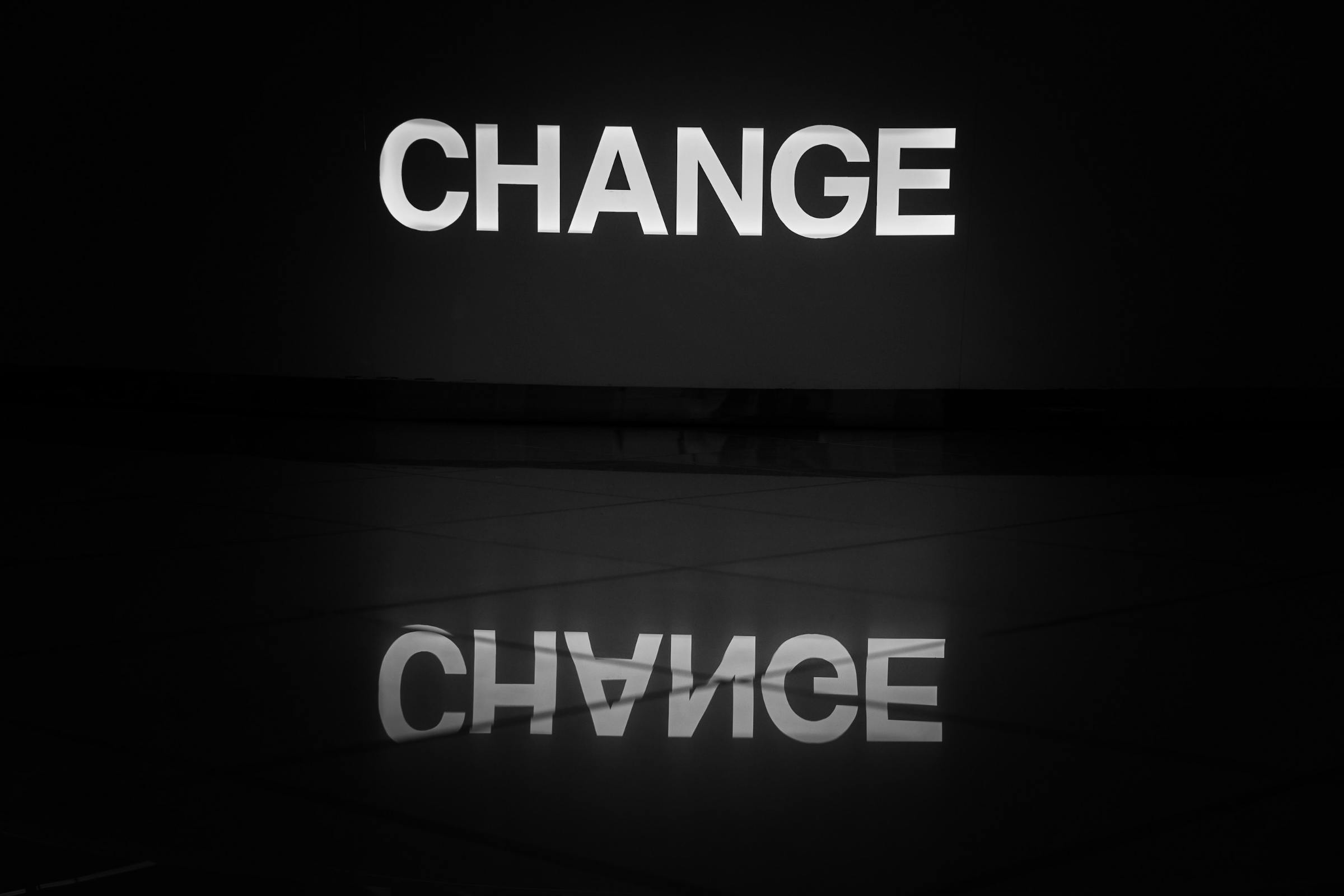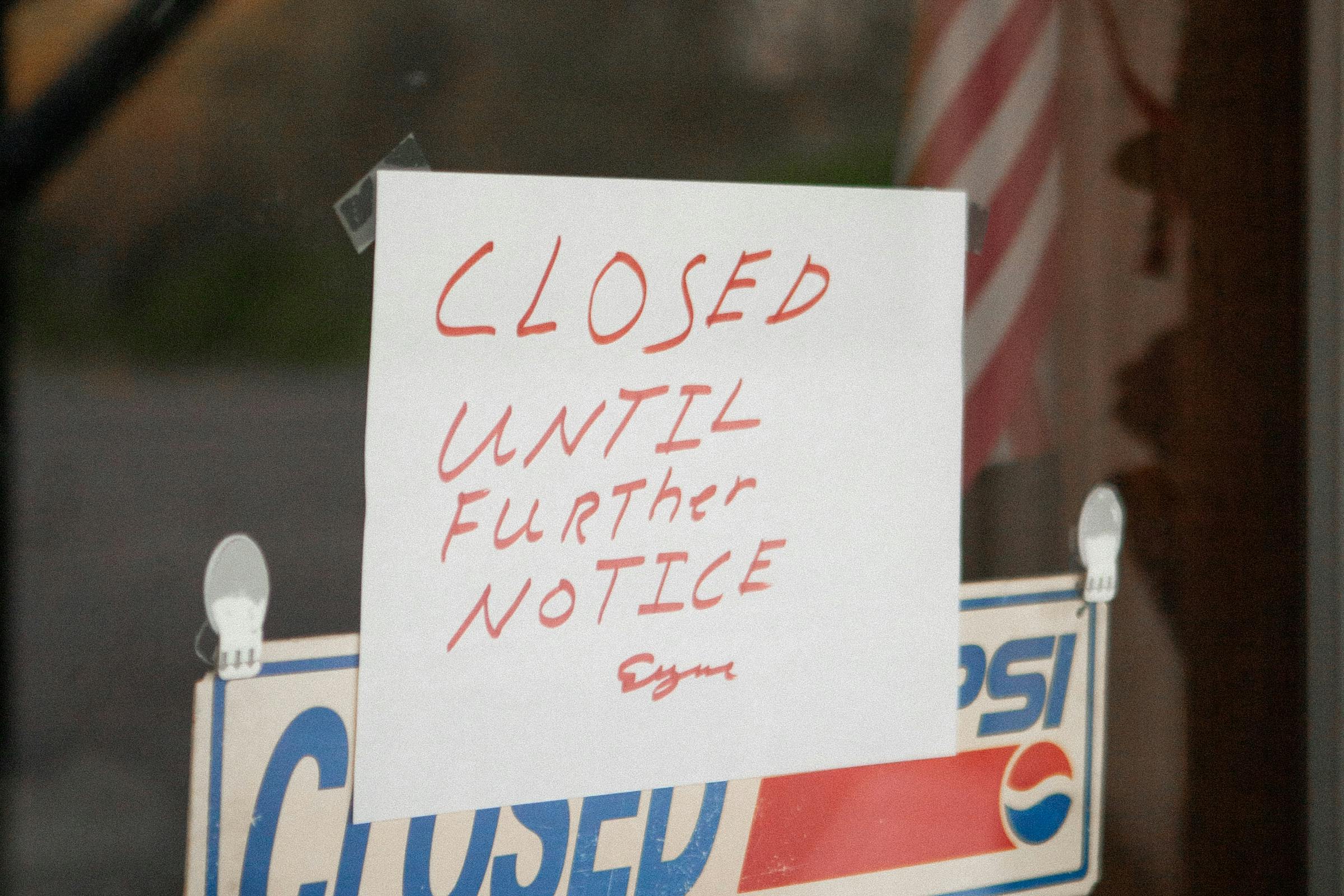The Visa Bulletin
If you’re unfamiliar with the Visa Bulletin, it’s an essential resource released monthly by the Department of Labor that informs those waiting for a Green Card when they can file. It’s broken down by the type of Green Card and the country of origin of the petitioner.
Some countries, like China and India, have substantial waits (even going back over a decade). Some immigration attorneys and US senators suggest moving the dates in the bulletin forward and making them current to alleviate the stress of those waiting in long backlogs. This could help the US keep its current talent, who might otherwise move to another country with a friendlier immigration system.
Opponents of this reform disagree with the movement of filing dates forward but admit there must be a change. Visas are always limited, and moving those dates to “current” would mean releasing more than the allotted amount.
The Stereotypical Green Card Wait
Although many categories and countries have a “current” wait time or a priority date of just a few months, there’s a stereotype that petitioners have a substantial wait for green cards. The wait depends on the ratio of allocated visas available, broken into employment and family-based categories, and the demand. Currently, there’s an annual limit of 226,000 for family-sponsored visas and 140,000 for work-related visas, but there’s also a per-country limit of 7% of the total annual preference limits.
Why are these numbers so low when the demand is so high? They were set in 1990 with the Immigration Act and have not been expanded in over 30 years. With innovations like the internet and other massive changes in technology, employment availability has changed significantly, requiring rewiring of the immigration system and visa limits.
India’s wait time is the longest, with a backlog for employment-based visas nearly two decades long.
While individuals wait for their Green Cards, they have difficulties moving their careers forward in the US. Many employers don’t want to hire or promote someone whom they see as temporary. Until the employee has a Green Card, they can’t advance further. If a promotion does occur, it requires more paperwork submitted to USCIS, along with more fees.
How Changing the Dates Could Help
Currently, the State Department Visa Bulletin releases a monthly update that provides a Final Action Date or a Date for Filing. Final Action Dates tell us when the Green Card may be issued, and the Dates for Filing explain when the petitioner can file an adjustment of status (I-485) application. If the dates were moved forward, those awaiting permission to file an adjustment of status could be removed from the backlog.
Once they file their I-485, the foreign workers can receive Employment Authorization Documents, travel freely with permission, and transfer jobs. Their spouses and children may also qualify for work and travel authorization.
There’s also the concern of children “aging out” while waiting for their Green Card. If the Date for Filing is brought current, those individuals would, at least on the documentation, remain at the age they were when they filed.
Can the State Department Change the Visa Status?
Requesting a change to immigration requires permission from the government, which can be challenging to obtain. However, there is a section of legislation that allows for filing an adjustment of status application when the visa is immediately available.
The State Department could advance these priority dates knowing that there will be a visa available at some point. In fact, there have been times when applicants filed their I-485 with the idea that a visa was available, only to find out that the dates for their country retrogressed. These applicants still have their adjustment of status, which permits them to work in the US, but could continue to wait for their Green Card with no urgency.
Moving the Dates for Filing ahead of the Final Action Dates could be the solution to the wait for many immigrants. As long as there’s at least one visa unclaimed, an I-485 may be filed. In the meantime, other changes from Congress could have long-term impacts on legal immigration. There are various suggestions, but it does seem like one of the most obvious — and possibly simple — solutions would be to move the filing dates to current.
What’s Next?
Are you considering hiring an H-1B worker to fill your specialty occupation? Our professional legal immigration attorneys at Visa2US are standing by to guide you through this process and make it less confusing and cumbersome. Let us navigate the immigration system for you and stay up-to-date on changes in US legislation and regulations. Call us today to see how we can help.














